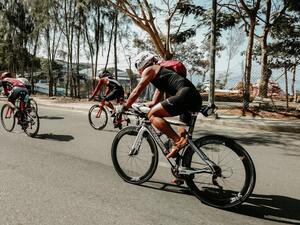 Whether you are a runner, triathlete, or other endurance sports junkie, chances are you're using some type of tech to help you measure performance. There’s certainly no shortage of tech devices on the market, and athletes ask all the time where they can get the biggest bang for their buck. From bikes, to GPS watches. Heart rate monitors to power meters, where should you start? Here’s our list of recommended gear! We’ve done our best to list these recommendations in order of importance, assuming an athlete can only get one item at a time. Build your gear supply by working down the list, as you grow with the sport. Let us know if you have any questions, or if you have any great recommendations of your own! Here’s the quick list, but keep reading for reasons why we chose them, and the brands we recommend!
 Note: with all these recommendations, you’ll see an asterisk (*) next to the gear Coach Ken personally uses. Your Smart Phone If you’re just getting started, you can simply use your smart phone to record your running and biking paces. This info can be useful in helping establish pace targets for your workouts. It will also allow you upload data to an online training platform like TrainingPeaks, TriDot, or FinalSurge. Once uploaded, your coach can look for valuable insights based on the recorded paces. Remember though, if you’re running with a phone, we recommend using a belt, or clothing that has a pocket specifically for keeping your phone secure. You don’t want to hold it in your hand the entire time, nor do you want it bouncing around in your pocket. For biking, you can find a relatively inexpensive handle bar mount for most phones, on Amazon. Here are a few apps we like to use with our clients only training with a phone.
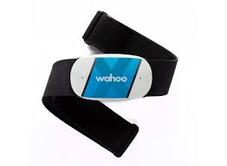 A Heart Rate Monitor Your Smart Phone can use GPS to measure your pace outdoors, but what if you’re indoors, or the terrain you're working out on is hill? Heart rate is an extremely effective way to train, and when paired with the GPS pace data from your phone, can help you better understand how you’re body is adapting to the training you're doing. If you’re not ready to invest in a GPS watch, you can simply get a Bluetooth enabled heart rate monitor that pairs with your smart phone. You’ll typically spend between $40 & $100 for a strap. If you’re only using it with your phone, you can get one that is purely bluetooth enabled. If you might use it in the future with a watch, consider getting a strap with both Bluetooth and Ant + capabilities. You’ll also want to double check that the strap you purchase, works with app you’re using on your phone. Here are our favorites. If you're not using a Garmin watch, we'd recommend going with the Wahoo.
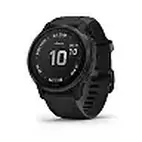 A GPS Training Watch Once you’re ready to spend a little more money, and move beyond simply recording your workouts with a Smart Phone, your next best purchase is likely a training watch. You can get by with something like the Apple Watch, but if you’re serious about running, cycling, or sport in general, you’ll want to upgrade to a Garmin (or something similar). There are several great brands out there (Suunto, Wahoo, and more), but we’ve found Garmin to be the easiest to use, and most universally adaptable with all the training platforms, and other gear on the market. You could spend anywhere between $150 & $700 on a great watch. There are cheaper models that may work, depending on your goals. Chat with a coach if you’re not sure. Here are our recommendations. Most of them will come with a chest based heart rate strap.
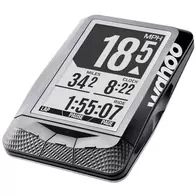 A Bike Computer If you’re a triathlete, you might be thinking, can’t I just use my phone, or my watch to see my cycling stats? The answer is yes, you can. In fact, you might opt to put off purchasing a bike computer, and instead put this money toward the purchase of a power meter instead. Depending on the length of racing, and type of events you compete in, that might actually be a better choice. At the end of the day however, you’re going to love having a computer on your bike helping you see turn-by-turn directions, provide you with multiple data points (speed, heart rate, lap time, etc.), help you keep your eyes forward, not on your wrist. We even build specific instructions into our athletes computers which pop up on their screens while training and racing. These instructions coach them to goal paces, heart rate targets, and power levels for each section of their ride/event. While we love Garmin for running, our go to Bike Computer is the Wahoo Element. It’s sleek, provides great interfaces with the platforms we use, and is super reliable. That said, there’s nothing wrong with the Garmin computers either. Here’s are our full list of recommendations:
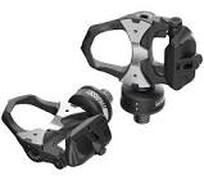 A Bike Power Meter Next on our list comes the ultimate gold standard in measuring athletic performance on your bike. You can spend thousands of dollars on power meters. They all work a little differently, measuring power in different places (pedals, crank, hub, etc.) and applying proprietary algorithms under the hood. We’re not going to dive into the pros and cons of each different type of meter here. Geek out on DC Rainmaker’s site with this if you like, or talk to a local bike shop on what might work best for you. Our favorite, affordable solution is the *FAVERO Assioma Duo. We’ve tested them, have number of athletes using them, and have no complaints! Look to spend $700-$800 (but worth every penny if you’re training right). You can also get a version that measures single side power (only power from one leg), for around $500. If you’re serious about progressing in the sport, and know you’ll stick with it, a power meter is a must. 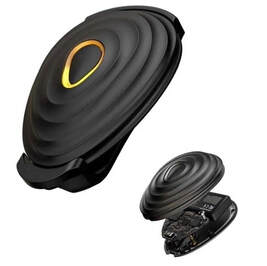 A Running Power Meter Running with power is a relatively new concept. It’s not quite to the level of perfection that cycling power is, but it’s getting really good. Few coaches are actually using power with their athletes right now, so if you are working with a coach, be sure to ask if this makes sense. We do coach with power on the run (and if you’re one of our athletes, you can score %15 off a Stryd run-ing power meter!). On top of providing you with running power, Stryd’s foot pod delivers even more accurate distance measurements than a GPS watch! This means that you can actually run on a treadmill with it, and not worry about the calibration of the treadmill (treads are notoriously wrong providing accurate pacing and distance on their displays!). We currently recommend two options for running with power right now:
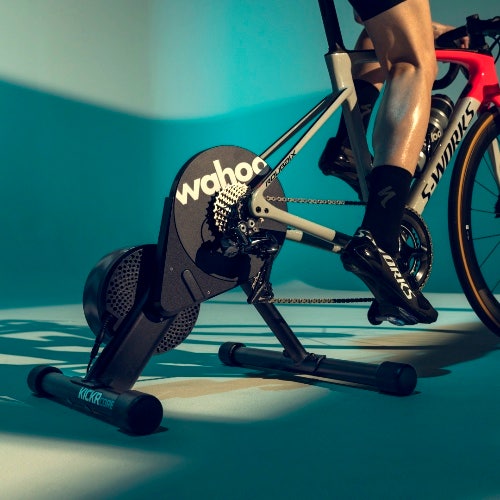 A Smart Trainer First, any trainer is better than no trainer. We have coached athletes using $49, off-brand trainers from the local grocery store (Aldi), as well as athletes using trainers costing thousands of dollars. If you’re using a cheap version, that doesn’t automatically adjust resistance, measure power, etc., you can still get a great workout. If you have a heart rate monitor, power meter, or some of the other gear mentioned above, even better! You can pair those with software like Zwift, Roovy, or Trainer Road for super effective workouts. If you are lucky enough to be able to add a smart trainer to your gear, you can get even more precision out of your training. We write workouts for our athletes that actually guide them through what riding a specific course will feel like. The trainer adjusts the proper resistance an athlete will experience as they climb hills, coast flats, shift gears, etc. This is super helpful in race prep. Here are the trainers we use, and our athletes have recommended.
So, that’s our list!
There’s certainly a lot more gear to explore. From smart bikes, to treadmill, wetsuits, shoes and beyond. It can be overwhelming to fell like you “NEED” all this. The simple truth is, that if you’ve got a pair of running shoes, you can train to run. If you have a bike, you can start to train for triathlon. Don’t let this list overwhelm you. For most of us, it might take more than 10 years to put togeather a collection of everything listed here. Most of us won’t even collect half of this stuff. If you’d like to learn more about the gear you have, or what you might want to consider investing in next, don’t hesitate to reach out at [email protected].
0 Comments
Leave a Reply. |
Click to set custom HTML
AuthorKen Presutti is a certified ChiRunning instructor, ACE Personal trainer, Spinning instructor, and coach. This blog is a mix of new articles and posts from his original blog, Overkill is Underrated. Archives
November 2022
Categories
All
|
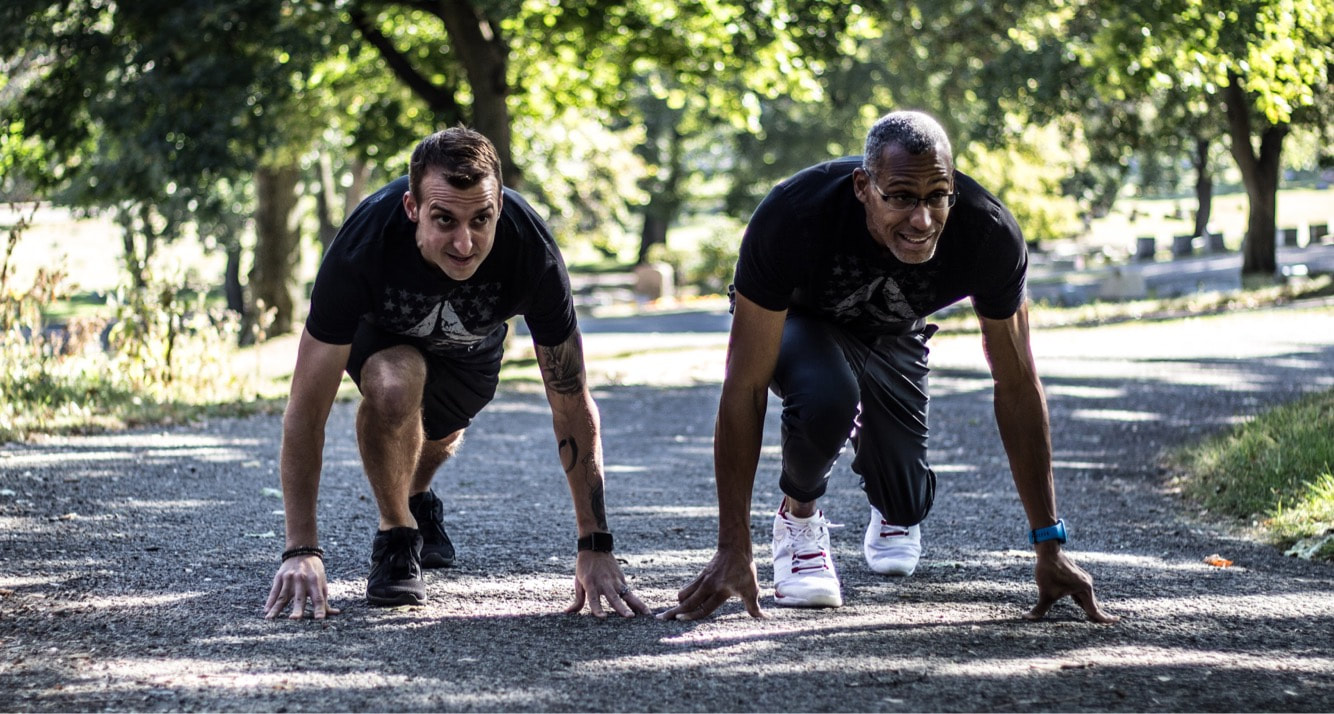
 RSS Feed
RSS Feed
